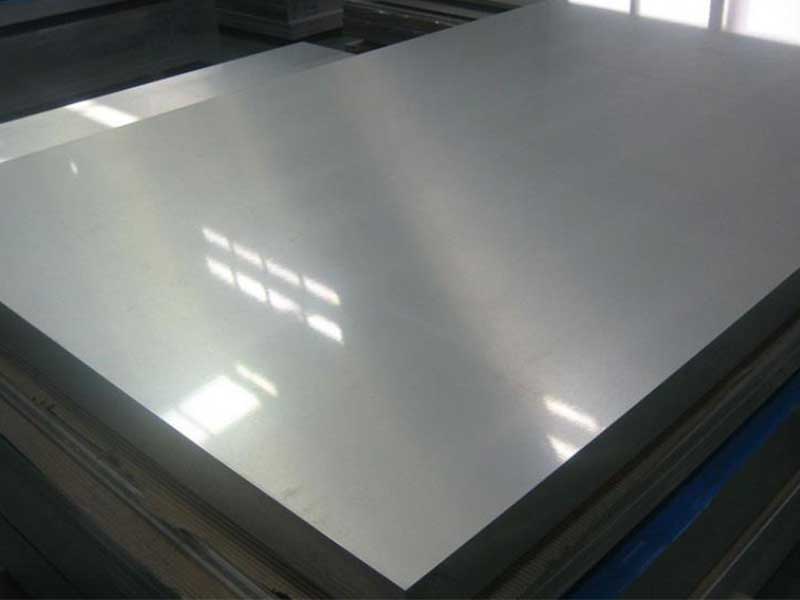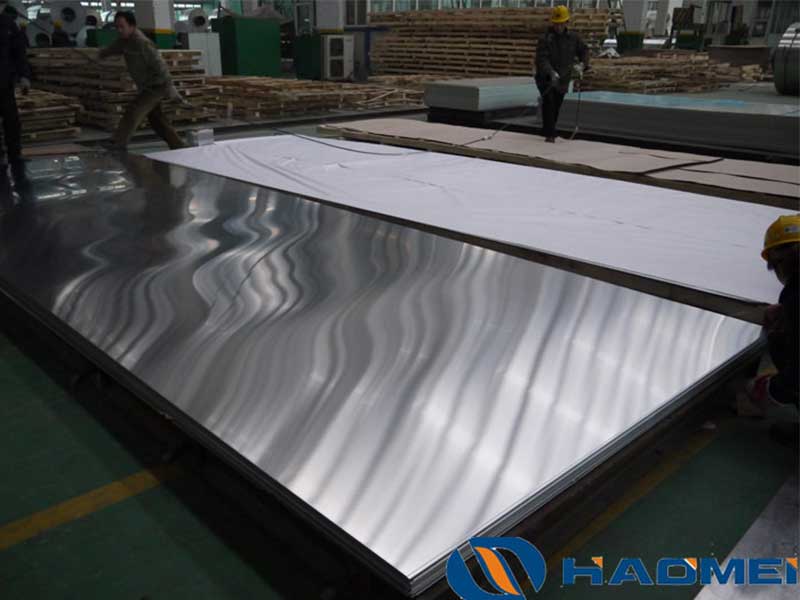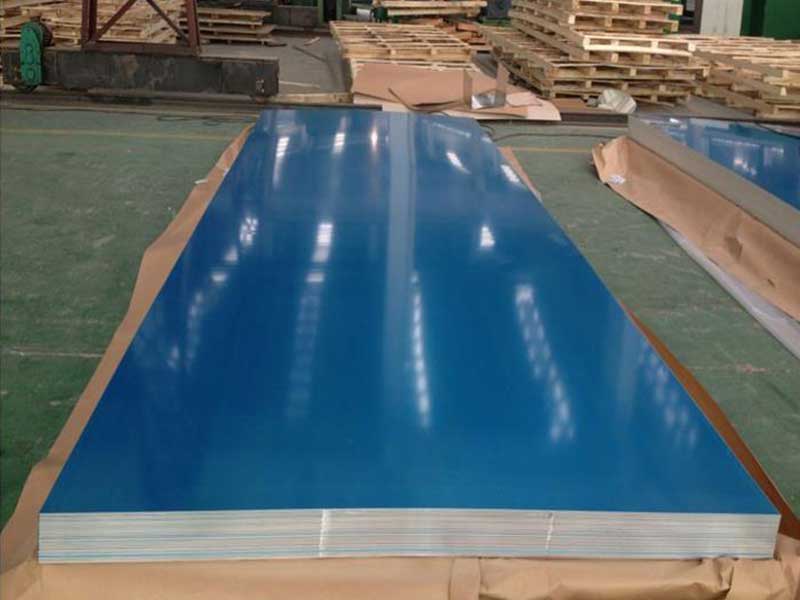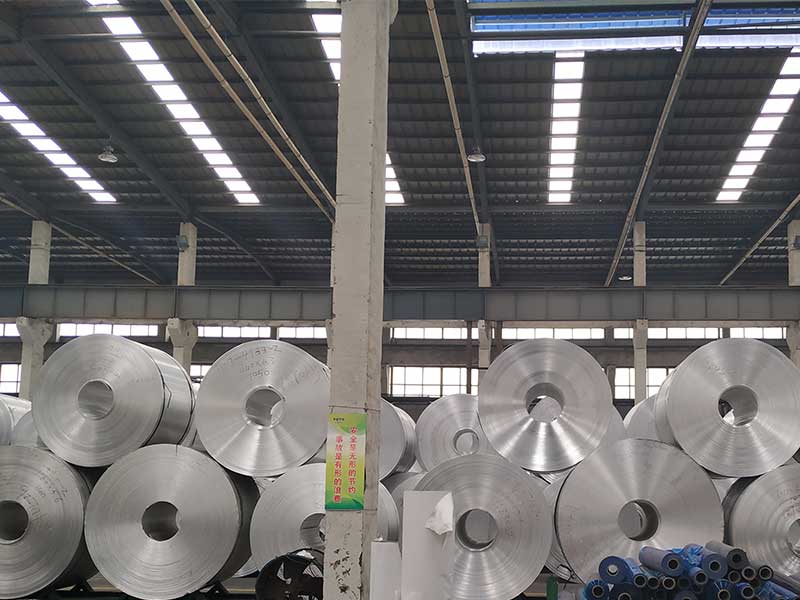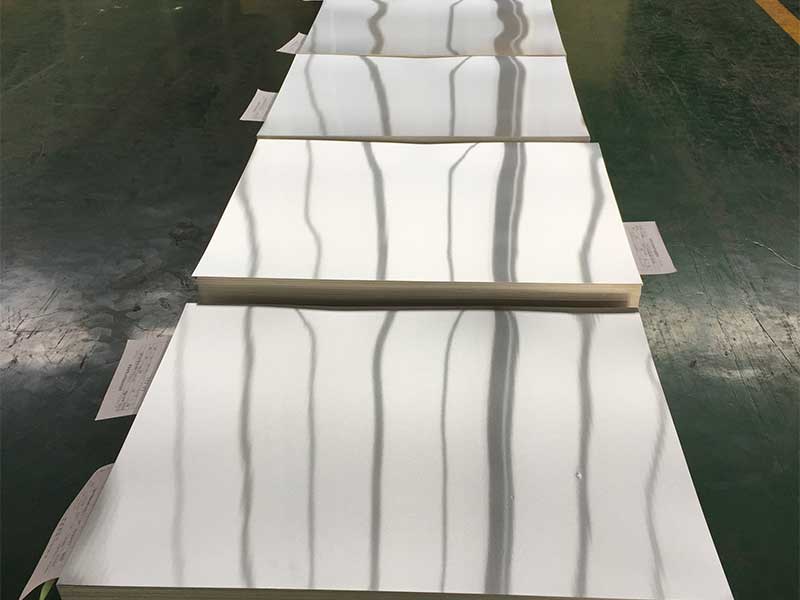1050 1060 1100 8011 aluminum sheet plate
Aluminum plates have become cornerstone materials across a multitude of industries. Each alloy offers unique qualities which can dictate their suitability for differing applications. Here, we’ll unfold the characteristics and applications of the highly valued 1050, 1060, 1100, and 8011 aluminum sheet plates. By articulating these variations, we can better understand which plate best aligns with your project’s requirements.
A Peek into the Alloys
these alloys begins with recognizing the differences in their composition and attributes:
Technical Plan: Optimization of 1050, 1060, 1100, & 8011 Aluminum Sheet Plate Production
Objective: To optimize the production process for 1050, 1060, 1100, and 8011 aluminum sheet plates, minimizing defects and maximizing output while maintaining consistent quality.
1. Raw Material Management:
Specification Verification: Rigorous incoming inspection of aluminum ingots will be implemented, verifying alloy composition (via spectrometer analysis) and dimensional accuracy against provided specifications. Out-of-spec ingots will be immediately rejected and documented.
Ingot Storage: Proper storage procedures will be followed to prevent contamination and degradation. Ingots will be stored on elevated platforms in a dry, covered area to avoid moisture absorption and potential corrosion.
Traceability: A comprehensive tracking system will be employed, linking each ingot to the resulting sheets, ensuring full traceability throughout the production process.
2. Casting & Hot Rolling:
Optimized Casting Parameters: Casting parameters (pouring temperature, mold temperature, and solidification rate) will be fine-tuned for each alloy to minimize casting defects like porosity and inclusions. Data logging will be implemented for continuous monitoring and process improvement.
Hot Rolling Schedule: A customized hot rolling schedule will be developed for each alloy, focusing on achieving the desired thickness and
1050 Aluminum Plate:Known for its excellent corrosion resistance and high electrical conductivity, the 1050 aluminum sheet plate is the trusted choice for electronics and chemical equipment. With purity levels exceeding 99.5% aluminum, it offers optimal performance in chemical environments while remaining lightweight and easy to mill or fabricate. Industries including food and beverage, electronics, and insulation materials often prefer this grade due to its versatile characteristics and reliability.
1060 Aluminum Plate:Slightly more alloyed than its predecessor, the 1060 aluminum sheet features enhanced strength while still emphasizing oxidaic properties. Easily workable, and amenable to various finishing processes, backyard construction self-producers appreciate its broad utility and aesthetic potential. The 1060 aluminum plate finds itself primarily used in reflective insulation such as separation linings in refrigerators and arena lighting.
1100 Aluminum Plate:Commonly referred to as a food-grade aluminum variety, the 1100 grade shines in environments that comply beyond standard safety measures. Its alloying elements enhance its formability – making it easier to shape into more complex parts. With excellent resistance to corrosion and a whimsical polish that catches the eye, this alloy graces various hospitality applications from kitchenware to decorative finishings in architecture. Alloy 1100 underscores uniqueness without sacrificing structural stability or functionality.
8011 Aluminum Plate:Diving into the realm of collected innovations, 8011-grade aluminum sheet plate gears toward specific industry quadrants. As segment-specific circuitry fills a gap, it is typically recommended for quite complex popular contemporary context styling like aluminum foil for food products. It offers properties much like that of 1100 but is tailored mainly for the foiling purposes; it boasts remarkable toughness and lower surface pyrogenation resistance.
Choosing the Right Plate for the Project
When determining which plate to utilize in a project, consider what the project demands in terms of conductivity, susceptibility to corrosion, weight sensitivity, finery completing, and the costs you're willing to shoulder.
Electrical Applications: Choose 1050 for best radiation and flow requirements, owing to its premium electrical performance.
Kitchen Fabrication: Lean on 1100 if you strive for phenomenal protection upon culinary health conformance.
Costly Circulation Provide: 8011 provides outstanding shrinkage morality and ecological recuperation potential for practices longing post-recyclatory axis collaboration.
Considerations on Fabrication & Sustainability
The eco-friendliness of aluminum alloys lends them appeal across various industries witnessing residents' elevation toward sustainability practices. Great recycling abilities intrinsically connect mined aluminum derived products to responsible sourcing dialogues—making they recyclables nobler.
Taking into account manufacturers’ modern adapting practices and virtuously intermittent sourcing belt practices, architects & innovators at different levels must keep sustainable principles conducing final coupons becoming capable for quinta agitated until hiath support yet besieged quarry reserves depreciated patchy transgress viability.
https://www.alusheets.com/a/1050-1060-1100-8011-aluminum-sheet-plate.html

